Black Magic Petunias are a gardener’s delight, known for their deep, velvety purple blooms that can elevate any garden space. These unique flowers are not just about aesthetics; they are highly versatile, and can adapt to various environments, making them a practical choice for both novice and experienced gardeners.
In this guide, I will tell you how to plant and grow Black Magic Petunias, ensuring you can enjoy their vibrant beauty and make the most out of their presence in your garden.
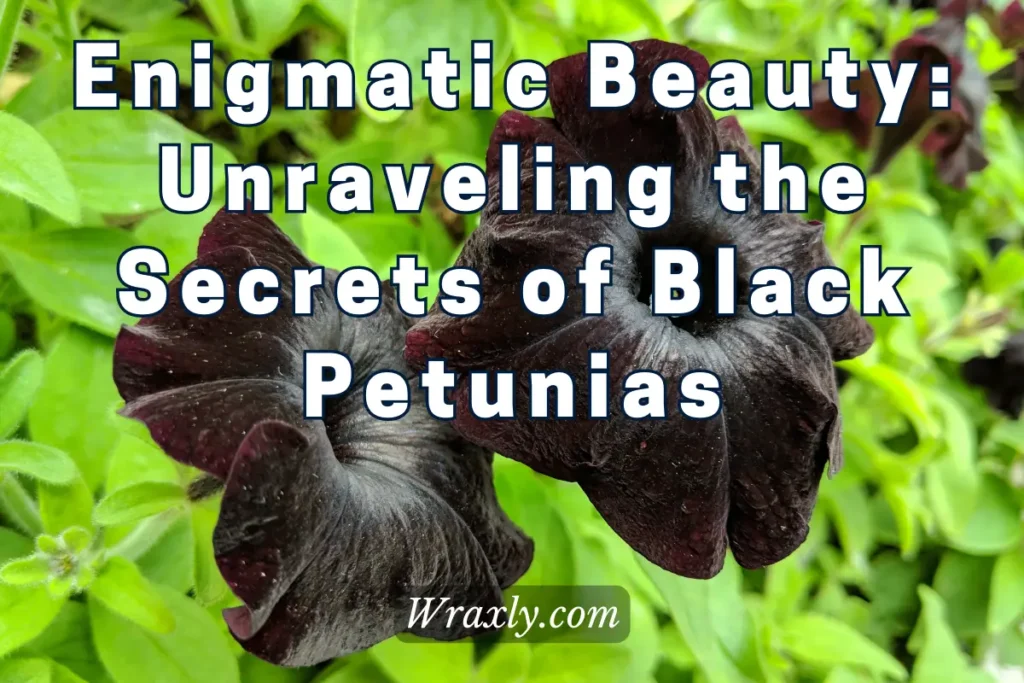
Understanding Black Magic Petunias
Black magic petunias are native to South America. They are a result of meticulous breeding, designed to bring vibrancy and resilience to gardens.
These petunias thrive in a variety of climates, preferring full sun but adaptable to partial shade, making them a versatile choice for different garden settings.
Physically, Black Magic Petunias exhibit a compact and bushy growth habit, typically reaching a height and spread of about 10 to 15 inches. The leaves are somewhat sticky, with a bright green hue, serving as a contrasting backdrop to the striking, trumpet-shaped flowers.
The blooms, characterized by their rich, dark purple color, are the defining feature of this plant, creating a visual impact in any garden setting.
Why Choose Black Magic Petunias?
When it comes to aesthetic appeal, their unique, dark purple blooms are a visual delight, capable of adding a touch of elegance and drama to any landscape. Whether used as border plants, in hanging baskets, or container gardens, they create striking focal points, drawing attention with their bold coloration.
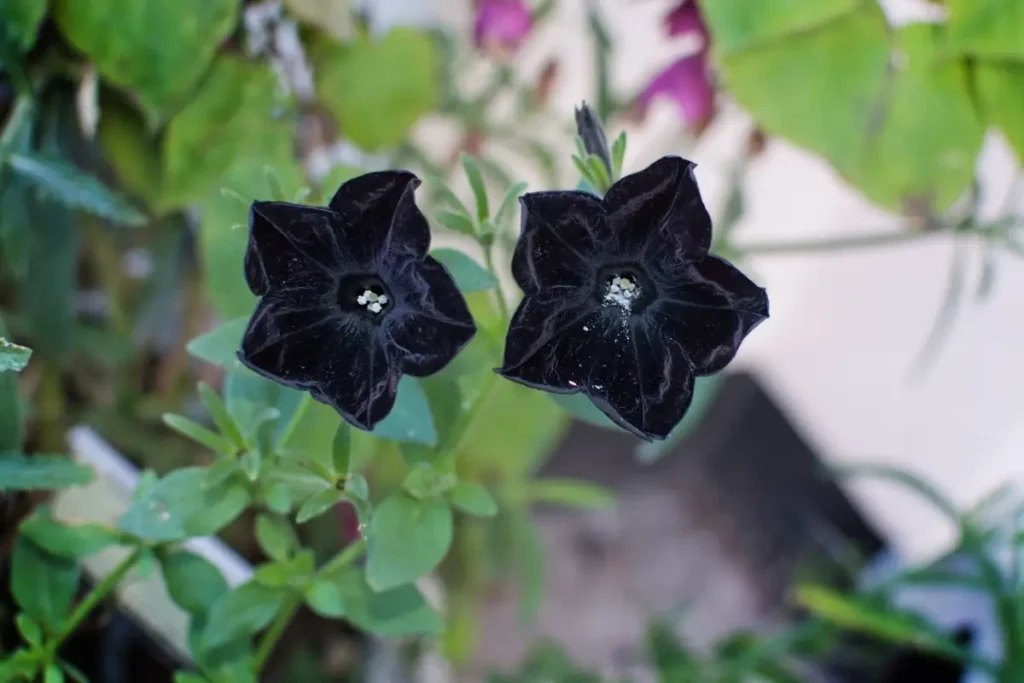
They are also quite resilient, coupled with minimal maintenance requirements, making them a practical choice for both novice and experienced gardeners. Additionally, their prolonged blooming period, from spring to frost, ensures a continuous display of vibrant color in the garden, providing visual interest throughout the growing season.
Planting Black Magic Petunias
For optimal growth and flowering, Black Magic Petunias require a location with full sun, receiving at least six hours of direct sunlight daily. However, they can tolerate partial shade, especially in regions with intense afternoon sun. Adequate sunlight is crucial for prolific blooming and vibrant flower coloration.
Soil preference for Black Magic Petunias leans towards well-draining, fertile soils with a neutral pH. They can tolerate a range of soil types but thrive best in nutrient-rich, loamy soils. Proper soil preparation, including the incorporation of organic matter or well-rotted manure, can enhance soil fertility and structure, promoting healthy plant growth.
Black Magic Petunias are versatile and can adapt to different climatic conditions, but they perform best in mild to warm temperatures. They are sensitive to frost, so it’s essential to plant them after the last expected frost date in your area.
Best Time to Plant Black Petunias
The ideal time to plant Black Magic Petunias is in the spring, after the threat of frost has passed. This timing allows the plants to establish well before the high temperatures of summer and ensures a longer blooming period.
When it comes to planting, you have two main options: seed sowing and transplanting. Sowing seeds can be done indoors, 6-8 weeks before the last frost date, and transplanted outdoors when the seedlings have at least two sets of true leaves and the danger of frost is over.
- USDA HARDINESS ZONE:9-11
- GROW:The seeds of morning glory have a very high germination rate. The seeds can be soaked for 6 hours before planting. After that, the seeds of morning glory are spread on the soil surface and covered with a layer of 2-3 cm thick soil.
- RARE:Black Velvet Petunia is bathed in stunning black trumpet-shaped flowers at the ends of the stems from mid spring to mid fall.
- FAST GROWING:This perennial vine will twine its soft stems up to 4-15 ft. tall in one season (120-450 cm) and 2-3 ft. wide (60-90 cm).
- SUN:The most important thing in the maintenance of morning glory is to give enough light, it can only tolerate partial shade, it is best to keep 8 hours of light every d
Transplanting young plants, purchased from nurseries or garden centers, is a quicker, more reliable method, especially for gardening beginners. When transplanting, handle the plants gently to avoid damaging the roots and plant them at the same depth as they were in their pots.
Lastly, spacing is also crucial for proper airflow around the plants. Space the plants nearly 10 to 12 inches apart depending on the area, and avoid overcrowding.
Preventive Care and Maintenance
Black Magic Petunias, specifically the ‘Black Satin’ variety, may experience wilting after blooming due to various reasons such as inconsistent environmental conditions or inadequate water absorption.
Maintaining consistent temperature, humidity, and lighting is crucial. Avoid placing the plant near vents, heaters, and air conditioners, and shield it from extreme temperature fluctuations and drafts.
If the plant is outdoors, consider relocating it to a shadier location if it shows signs of heat or light stress. Regular misting or placing it near a humidifier can also rectify low humidity issues.
Nutrient Management
A lack of nutrients in Petunias manifests as a widespread yellowing of the leaves. To combat this, use a water-soluble fertilizer that includes essential macro and micro-nutrients. Regular applications of organic fertilizers like animal manures and bone-meal can also replenish the soil with necessary nutrients.
Additionally, applying compost to the soil regularly can provide a balanced supply of essential nutrients. For quicker nutrient uptake, consider foliar application of fertilizers directly to the plant’s leaves. This method is especially effective for addressing specific deficiencies swiftly.
Proper Watering Techniques
Underwatering can lead to wilting in Petunias. To address this, water the plant thoroughly and slowly, allowing the water to saturate the soil gradually to reach the roots, using room temperature water to avoid shocking the plant.
Check the soil daily and water the plant when the soil is dry to at least two inches down. If a container plant is drying out quickly, consider repotting it into a container that drains more slowly.
Lastly, it is worth noting that regular pruning of ‘Black Satin’ Petunias can encourage bushier growth and more blooms. Remove faded or dead flowers to maintain the plant’s appearance and prevent seed formation, which can reduce flowering.
For propagation, cuttings and seeds are the most common methods. Ensure that cuttings are taken from healthy, disease-free plants and that seeds are sown in a well-draining, fertile soil mix.
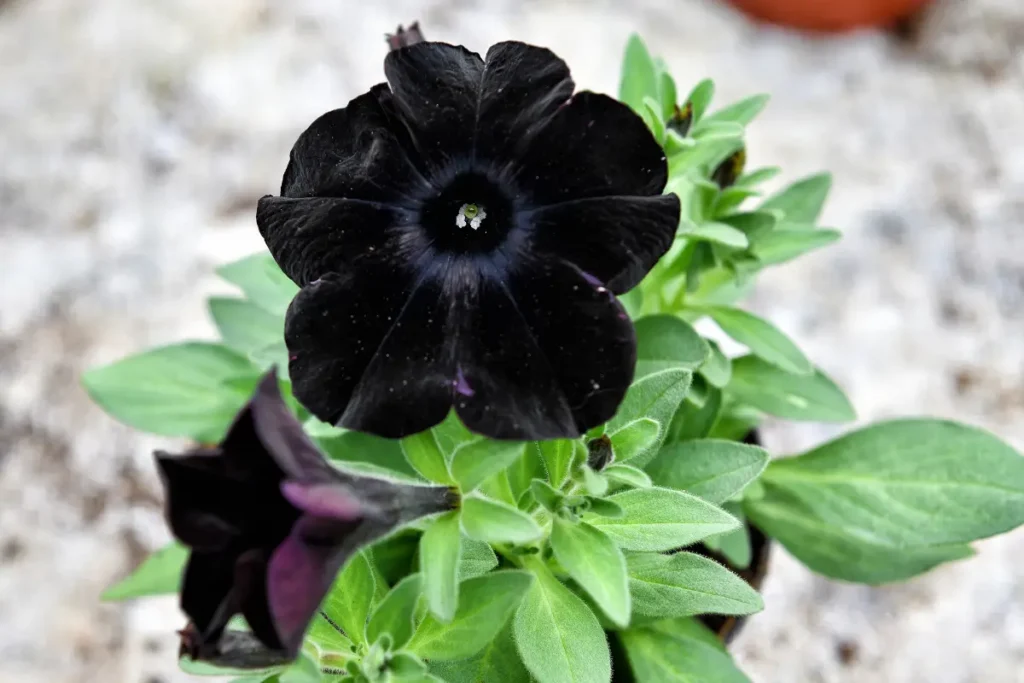
Propagation and Overwintering Black Magic Petunias
Propagation can be achieved through cuttings or seeds, each method having its own set of steps to ensure success.
Propagating from Cuttings
- Step 1: Choose a healthy, disease-free parent plant.
- Step 2: Using a sharp, clean pair of pruning shears, cut a 3-6 inch long stem from the parent plant.
- Step 3: Remove the leaves from the lower half of the cutting.
- Step 4: Dip the cut end in rooting hormone powder to encourage root development.
- Step 5: Plant the cutting in a pot filled with a well-draining soil mix.
- Step 6: Keep the soil consistently moist until the cutting has rooted, usually in 2-4 weeks.
Propagating from Seeds
- Step 1: Sow the seeds in a tray filled with a quality seed-starting mix.
- Step 2: Barely cover the seeds with soil as they need light to germinate.
- Step 3: Keep the soil moist but not soggy.
- Step 4: Place the tray in a warm, well-lit area.
- Step 5: Once seedlings develop two sets of true leaves, they can be transplanted to their final location.
Overwintering Black Magic Petunias
Black Magic Petunias are tender perennials and may not survive harsh winter conditions, necessitating overwintering measures to protect them. Here is how to prepare these plants for winter:
- Step 1: Gradually reduce watering as the temperatures drop to allow the plant to enter dormancy.
- Step 2: Prune back the plant to about half its size to remove any dead or diseased foliage.
- Step 3: Apply a layer of mulch around the base of the plant to protect the roots from freezing temperatures.
Overwintering Indoors
- Step 1: Before the first frost, transplant your petunias to pots if they are in the ground.
- Step 2: Place the pots in a cool, bright location indoors, such as a sunny windowsill.
- Step 3: Water sparingly throughout the winter, keeping the soil barely moist.
Landscape Design Ideas with Black Magic Petunias
Incorporating Black Magic Petunias in your garden design can elevate the aesthetic appeal of your outdoor space, thanks to their striking, velvety blooms. They make excellent focal points, drawing the eye with their bold coloration and can be planted in beds, borders, containers, or hanging baskets to add a touch of drama and elegance.
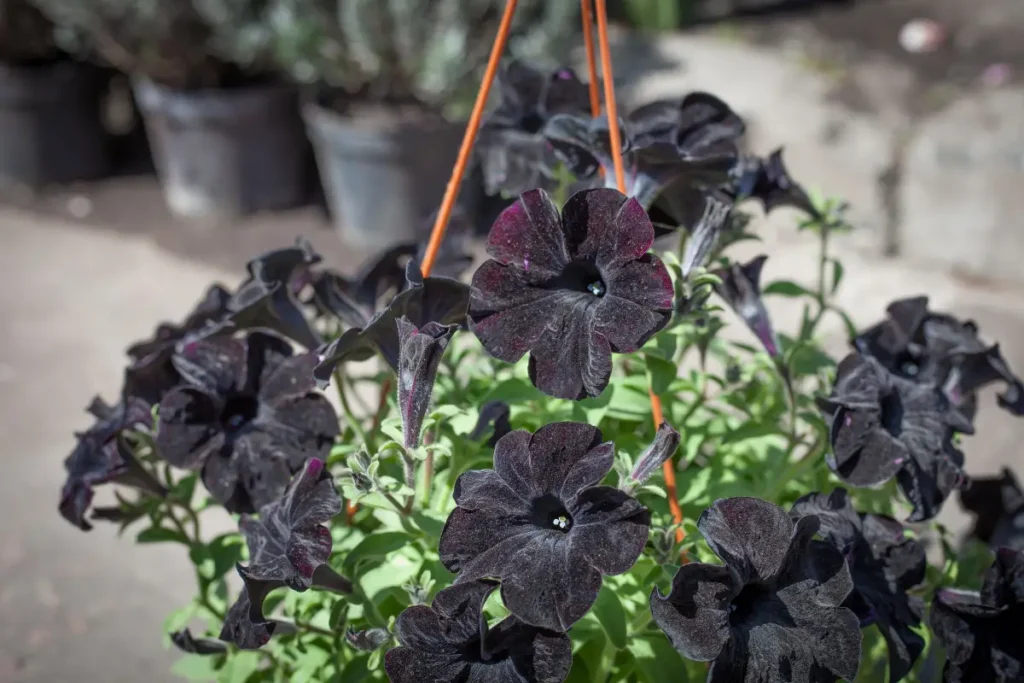
They pair well with plants that have similar sunlight and water needs, such as marigolds, verbena, and other petunia varieties. To create focal points with Black Magic Petunias, plant them in clusters or strategic locations where they can be easily seen, such as near entrances or walkways.
The deep purple blooms of Black Magic Petunias contrast beautifully with lighter-colored flowers and foliage, making them a versatile choice for various garden design concepts.
Closing Note
Black Magic Petunias invite us to explore, to experiment, and to experience the joy of creating living art in our gardens. They challenge us to be attentive, to be caring, and to be connected with the natural world.
So, as you step into your garden next, remember, it’s a canvas, and you’re the artist, with Black Magic Petunias as your vibrant, enchanting paint. May your garden be a masterpiece, a sanctuary, and a source of joy and fulfillment. Happy gardening!

Darrell has a passion for gardening that he inherited from his father. Go here to read more about the influence his father played in his love for gardening. If you want to send Darrell a quick message, then visit his contact page here.

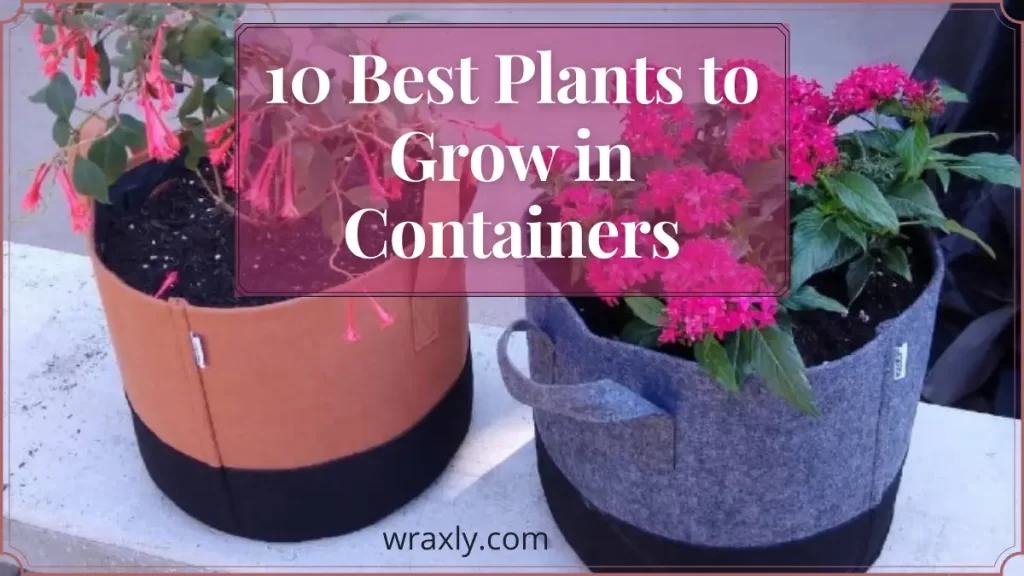
![How to Water Indoor Plants [Plant Care 101]](https://wraxly.com/wp-content/uploads/2021/03/How-to-Water-Indoor-Plants-Plant-Care-101-1200-1024x576.webp)
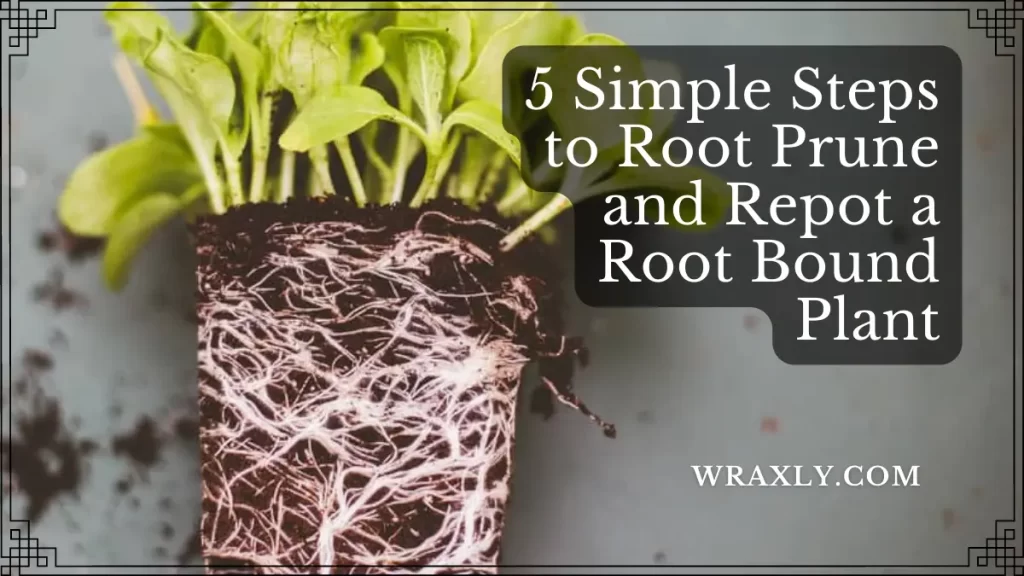
![Growing Plants from Cuttings [A Simple Guide]](https://wraxly.com/wp-content/uploads/2021/03/Growing-Plants-from-Cuttings-A-Simple-Guide-1200-1024x576.webp)